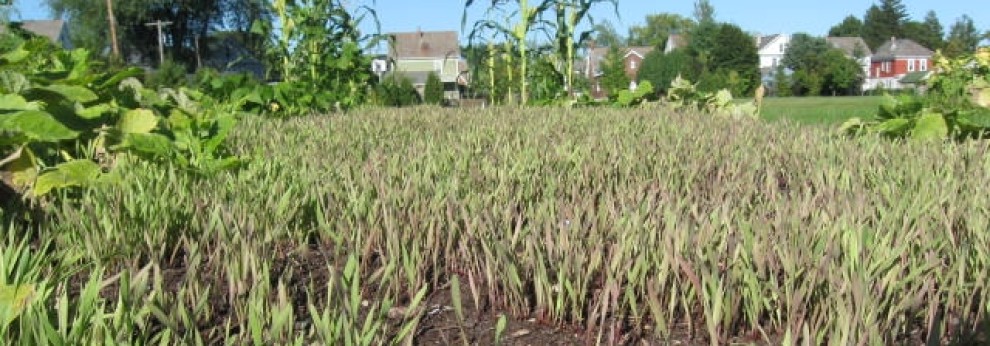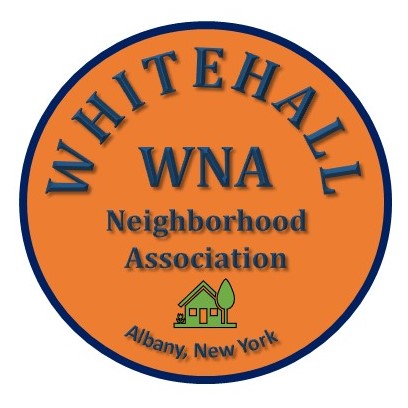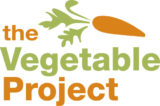 We took a dozen students out to our garden at Myers Middle School on Wednesday to harvest collards, kale, Swiss chard, a few tomatoes, a couple of peppers, cucumbers, beans, some lettuce, basil, scallions and generally whatever could be found on this early October day. And the students returned quickly to their five family and consumer science (home economics) classes, where classmates and teacher Larry Drew set up for cleaning and preparing for cooking on Friday – and a bit of tasting at the same time.
We took a dozen students out to our garden at Myers Middle School on Wednesday to harvest collards, kale, Swiss chard, a few tomatoes, a couple of peppers, cucumbers, beans, some lettuce, basil, scallions and generally whatever could be found on this early October day. And the students returned quickly to their five family and consumer science (home economics) classes, where classmates and teacher Larry Drew set up for cleaning and preparing for cooking on Friday – and a bit of tasting at the same time.
This, we suspect, made learning feel especially meaningful for one class period of one day for most of  about 90 students. This surely was experiential teaching and learning. We gave students close-up attention, which we know is valuable. And this is what we have in mind when we talk about harnessing the power of exposure to nature. Students appeared engaged both outdoors and back in the classroom.
about 90 students. This surely was experiential teaching and learning. We gave students close-up attention, which we know is valuable. And this is what we have in mind when we talk about harnessing the power of exposure to nature. Students appeared engaged both outdoors and back in the classroom.
Will reading and math scores rise next week as a result? Of course not. Can initiatives like Wednesday’s contribute to positive outcomes? Well, with research linking soaking up fresh air, real smells and the sight living plants to wellbeing piling up by the month, we think the answer is yes, over time, and probably especially so among students who have the fewest opportunities to relax in backyards, visit parks nearby or vacation at the seashore or in the mountains.
 Did it take much to pull this off? Sort of: caring for a garden since the days warmed up last spring, building a team of both volunteers and very-part-time employees, cultivating relationships with community partners like Albany Medical College and the Honest Weight Food Coop, searching high and low for volunteers to help out with watering and bringing the same 90 students out the garden three weeks earlier to touch and taste everything we could offer.
Did it take much to pull this off? Sort of: caring for a garden since the days warmed up last spring, building a team of both volunteers and very-part-time employees, cultivating relationships with community partners like Albany Medical College and the Honest Weight Food Coop, searching high and low for volunteers to help out with watering and bringing the same 90 students out the garden three weeks earlier to touch and taste everything we could offer.
 And was it worth the effort? Or maybe rephrase, did we see a suitable return on investment? These are more difficult question to answer. The Vegetable Project can plant seeds in the thinking about meeting kids’ needs, but cannot alone cannot turn exposure to nature into broad-based, long-term, meaningful support for child and adolescent development. Maybe school districts can. Surely the prospects would be better if the state Education Department signaled some interest. Perhaps the thinkers in teacher preparatory programs could have some influence, if they thought we had a good idea here.
And was it worth the effort? Or maybe rephrase, did we see a suitable return on investment? These are more difficult question to answer. The Vegetable Project can plant seeds in the thinking about meeting kids’ needs, but cannot alone cannot turn exposure to nature into broad-based, long-term, meaningful support for child and adolescent development. Maybe school districts can. Surely the prospects would be better if the state Education Department signaled some interest. Perhaps the thinkers in teacher preparatory programs could have some influence, if they thought we had a good idea here.
The day was certainly a wonderful one for all the adults involved. And as suggested a couple of paragraphs up from here, students appeared engaged, which feels like an important marker.
–Bill Stoneman















